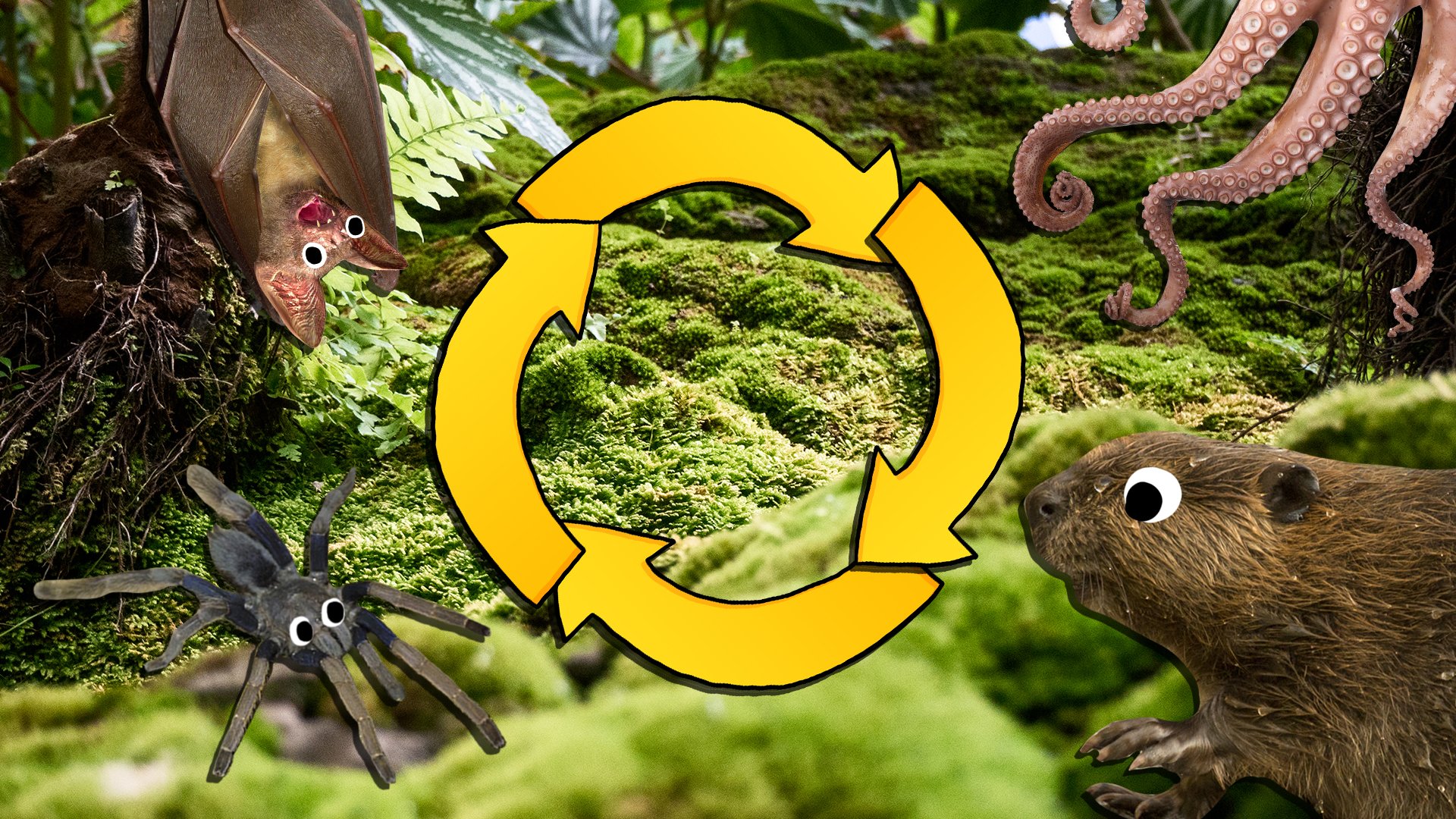15 Fun & Interesting Butterfly Facts You Never Knew
Find out more about our fluttering friends with this epic list of fun facts about butterflies!
There are over 20,000 species of butterfly, and every one of them is amazing. Float (or scroll) on down to check out these 15 interesting facts about butterflies!
For more amazing animal knowledge, check out these spider facts, sloth facts, or even these strange but true facts!
1. Butterflies need to stay warm
Butterflies are cold-blooded animals, so they have to keep cosy or they won't be able to fly around. This is why you only see butterflies on warm days, and why they often bask in the sun to soak up those warming rays.
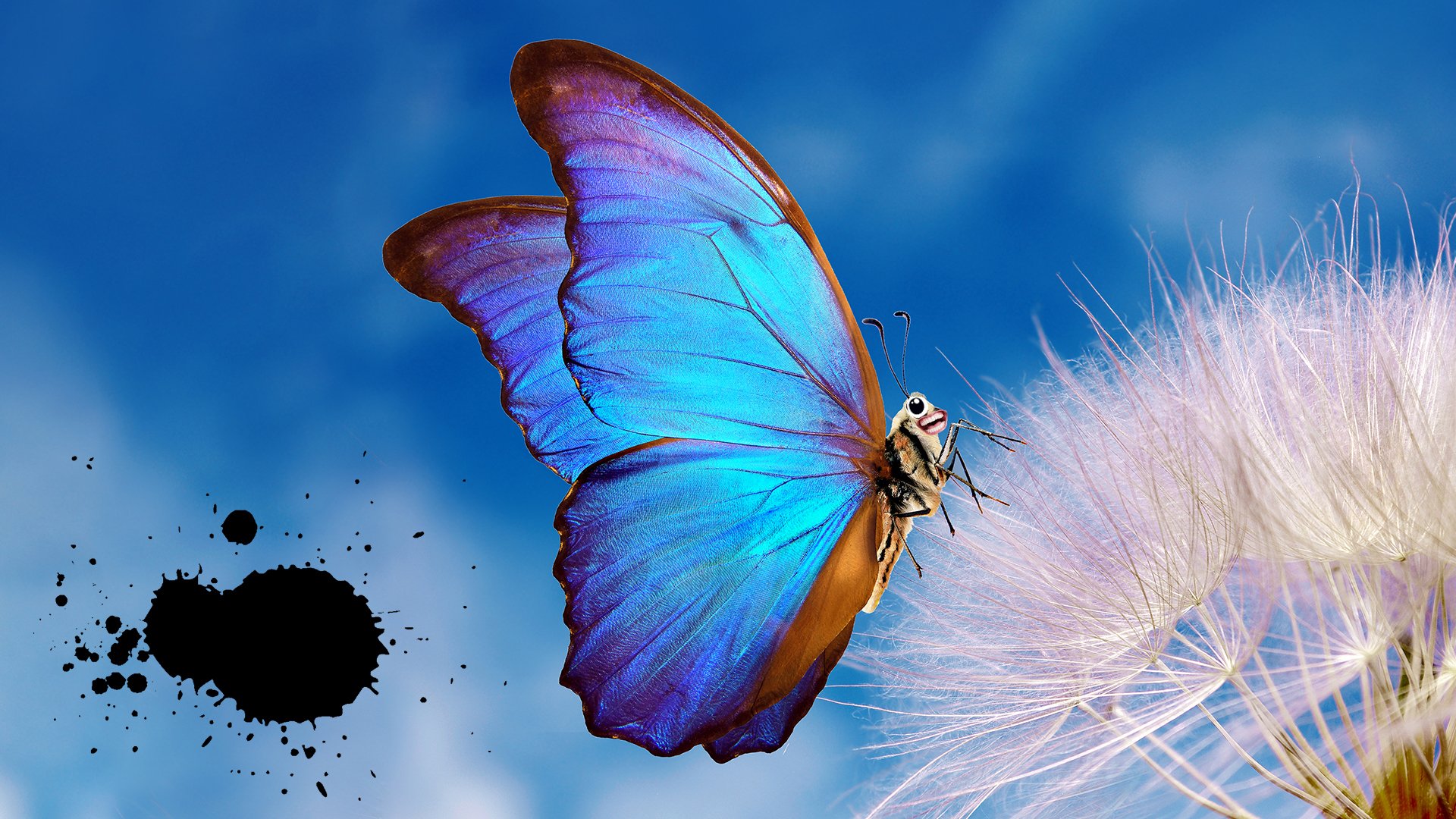
2. Butterfly wings are actually see-through!
Butterfly wings are made out of 4 layers of this stuff called chitin (more on that later!) and are actually see-through! What we can see is the tiny hairs in between each layer, these reflect different colours and give butterfly wings their amazing patterns. Here you can see the glasswinged butterfly, which shows you how other butterflies would look if they didn't have these little hairs!
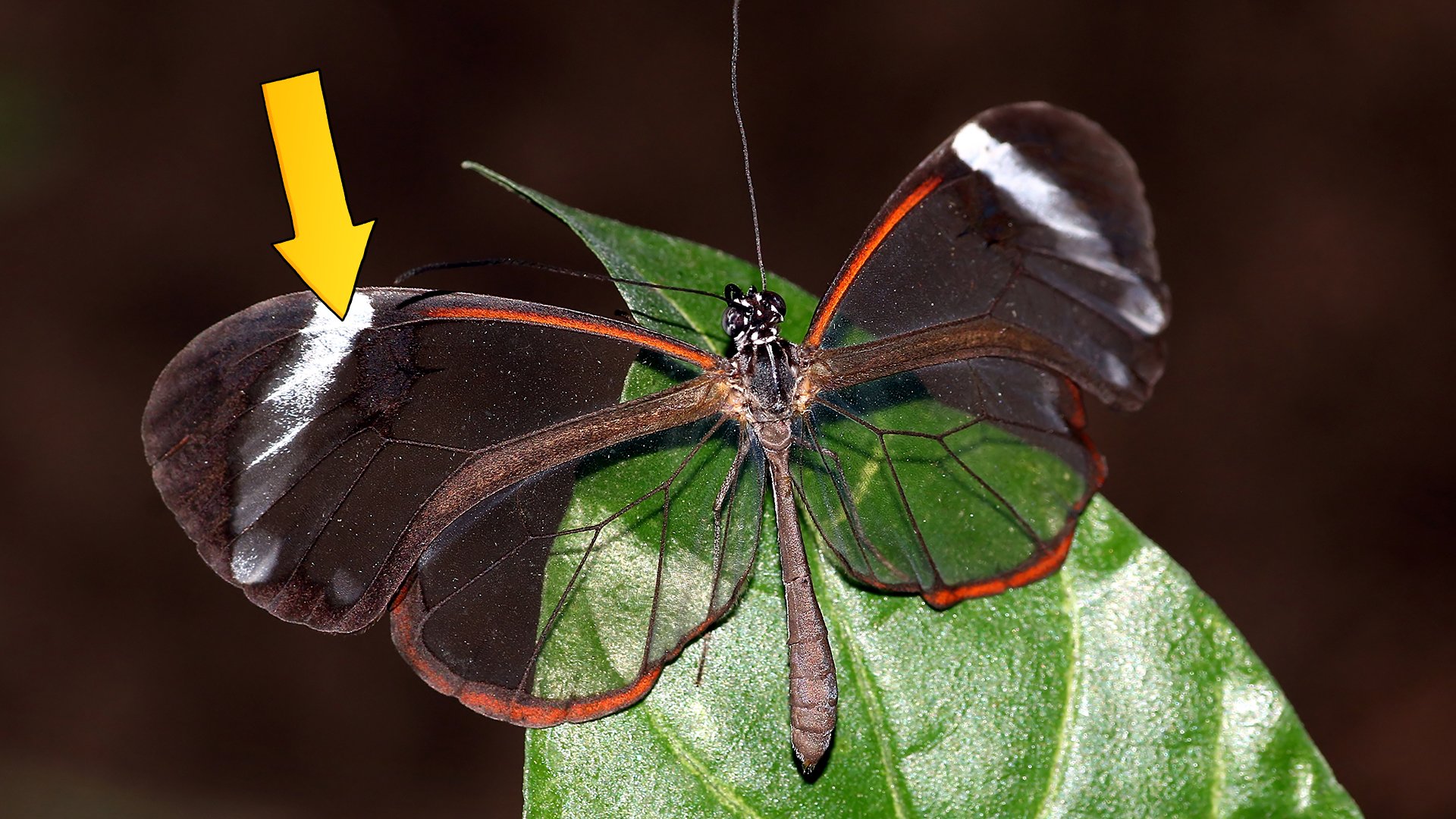
3. Chitin!
Butterflies, like all insects, are made out of chitin. This stuff is everywhere! It's strong, waterproof, and can be used to make all kinds of bodies. Crabs are made out of it, snails shells are made out of it - even mushrooms are made out of it!
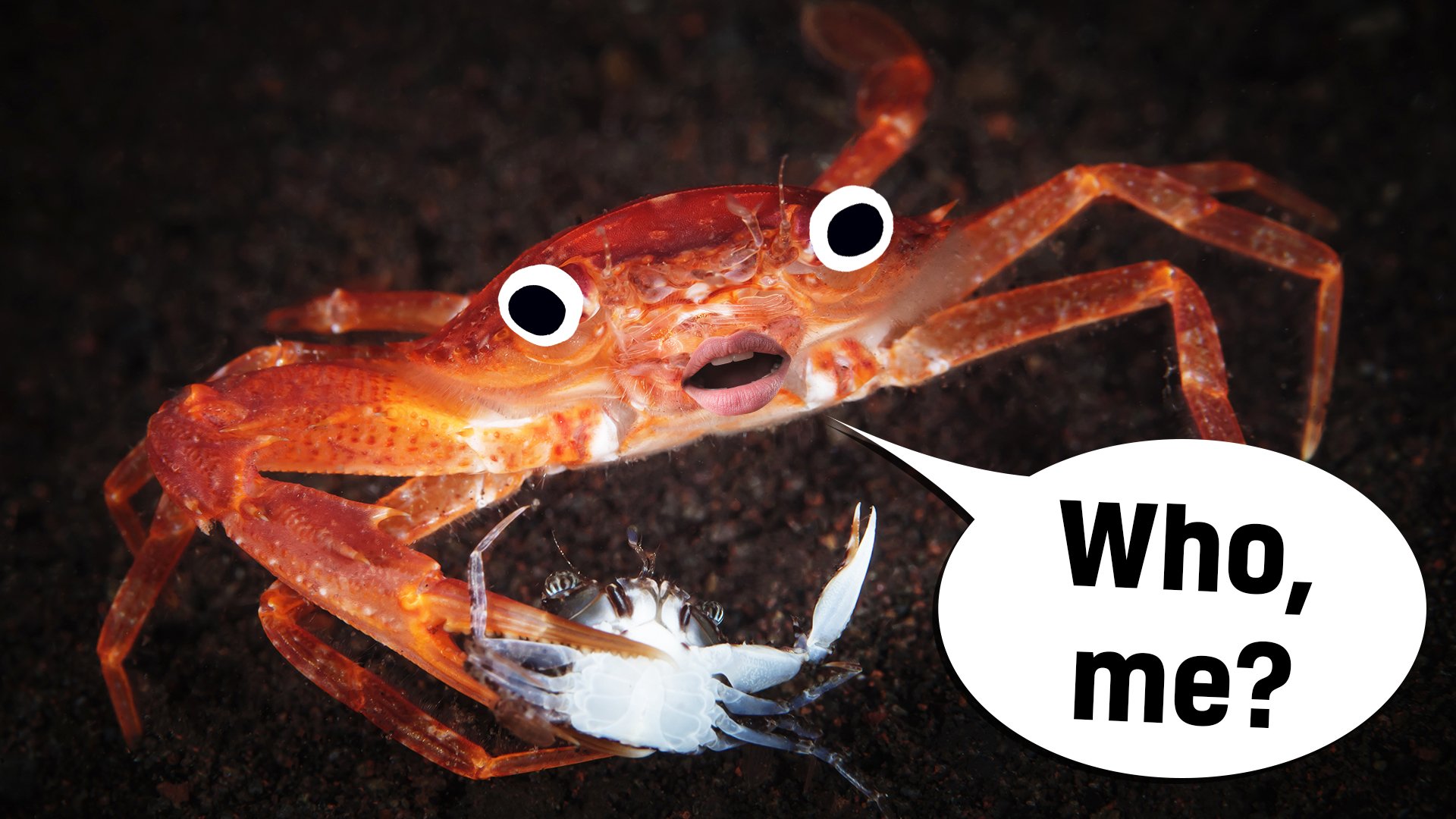
4. Butterflies don't eat anything!
Nope - in fact, even if they wanted to, they couldn't. Instead, butterflies drink using a long nose-like tube called a proboscis. Their favourite is nectar, but they've also been spotted drinking from rotting fruit!
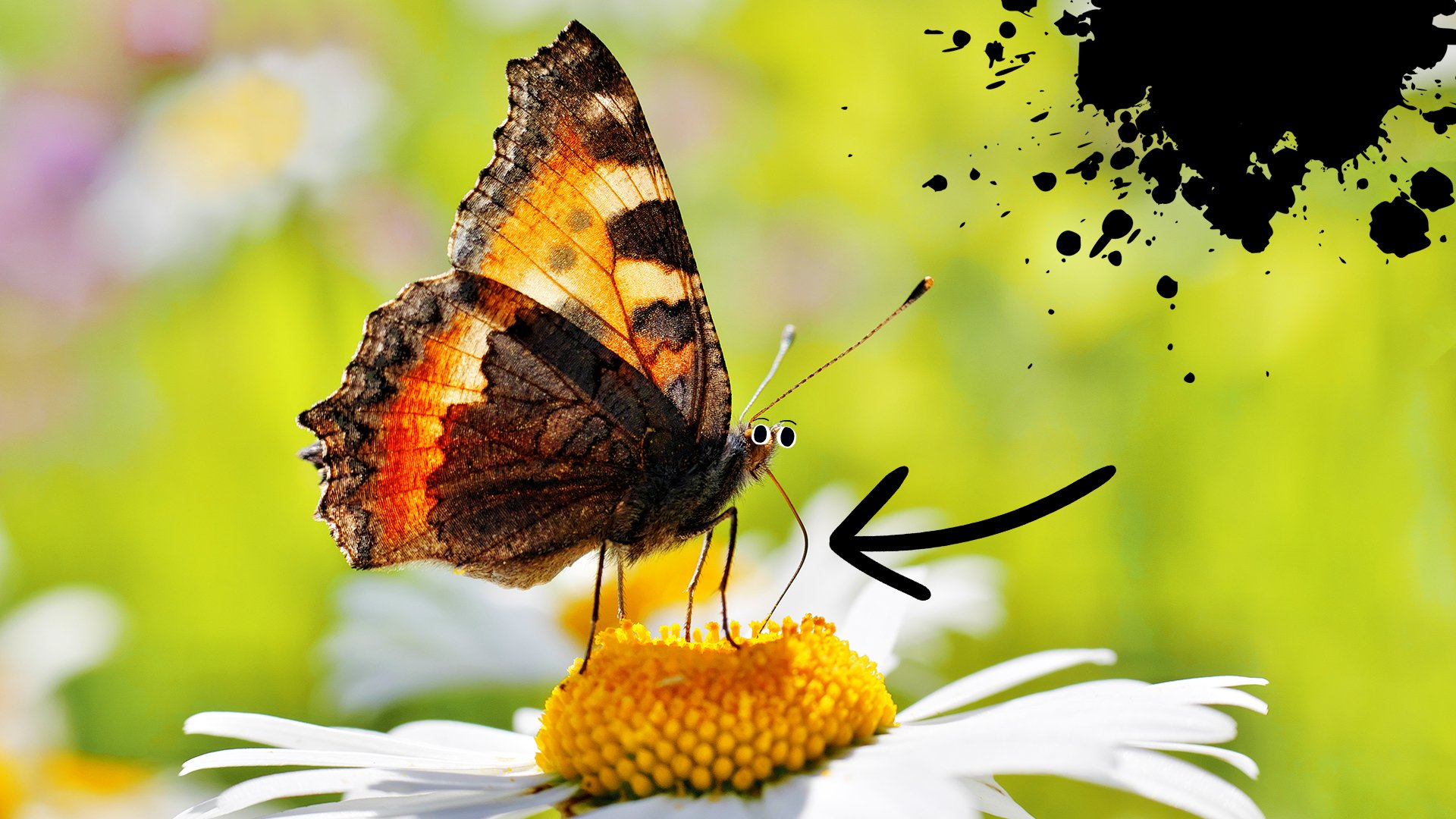
5. They also drink from puddles
In fact, puddles are an essential source of nutrients for butterflies, and is where they get their salt and minerals. Tasty! Next up in our list of fun facts about butterflies....
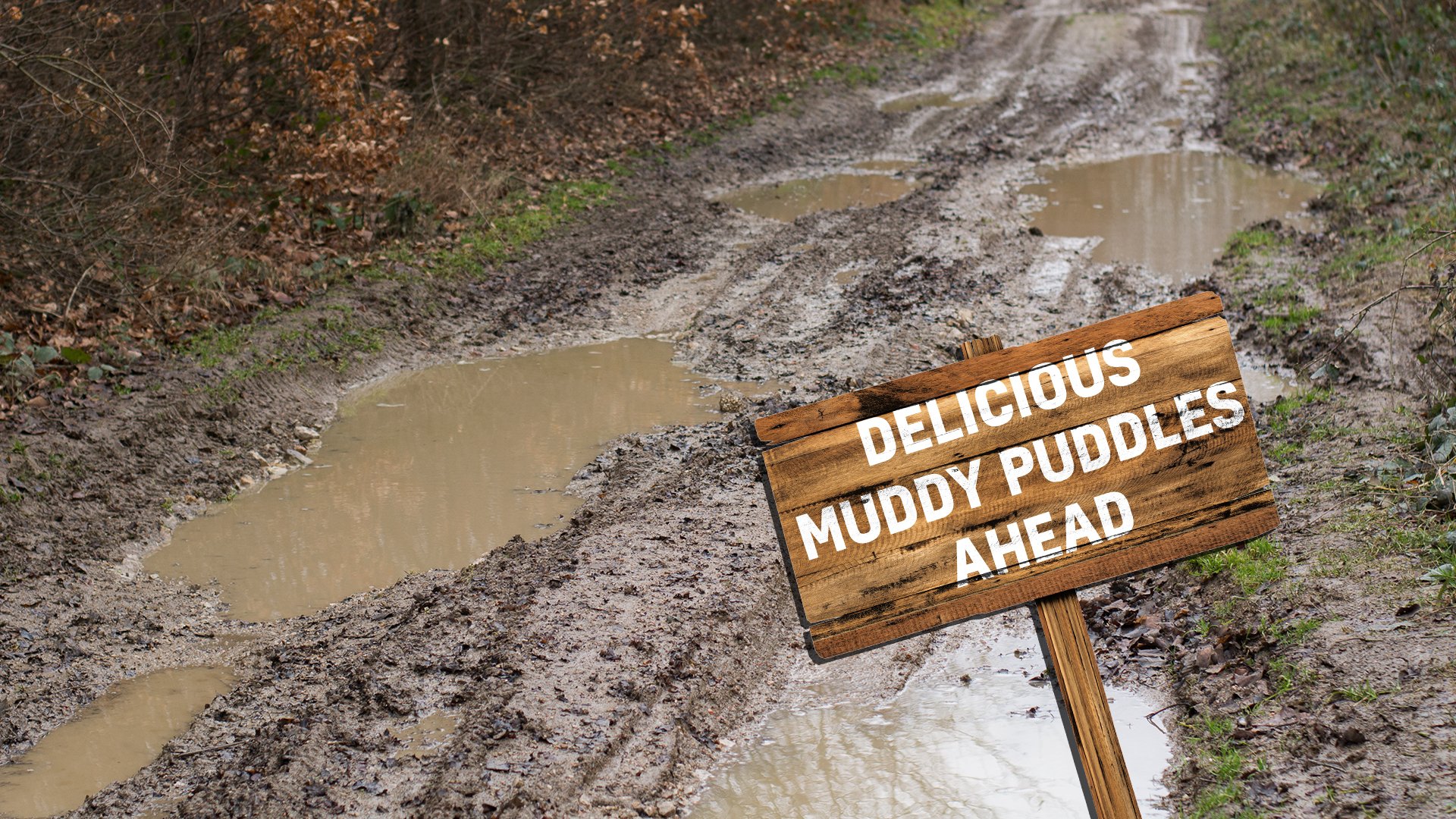
6. They smell through their feet!
How do they smell? Awful! Not really - butterflies actually have their taste, touch and smell receptors in their feet. So if a butterfly lands on you, they're giving you a good sniff as well! Mmmm.
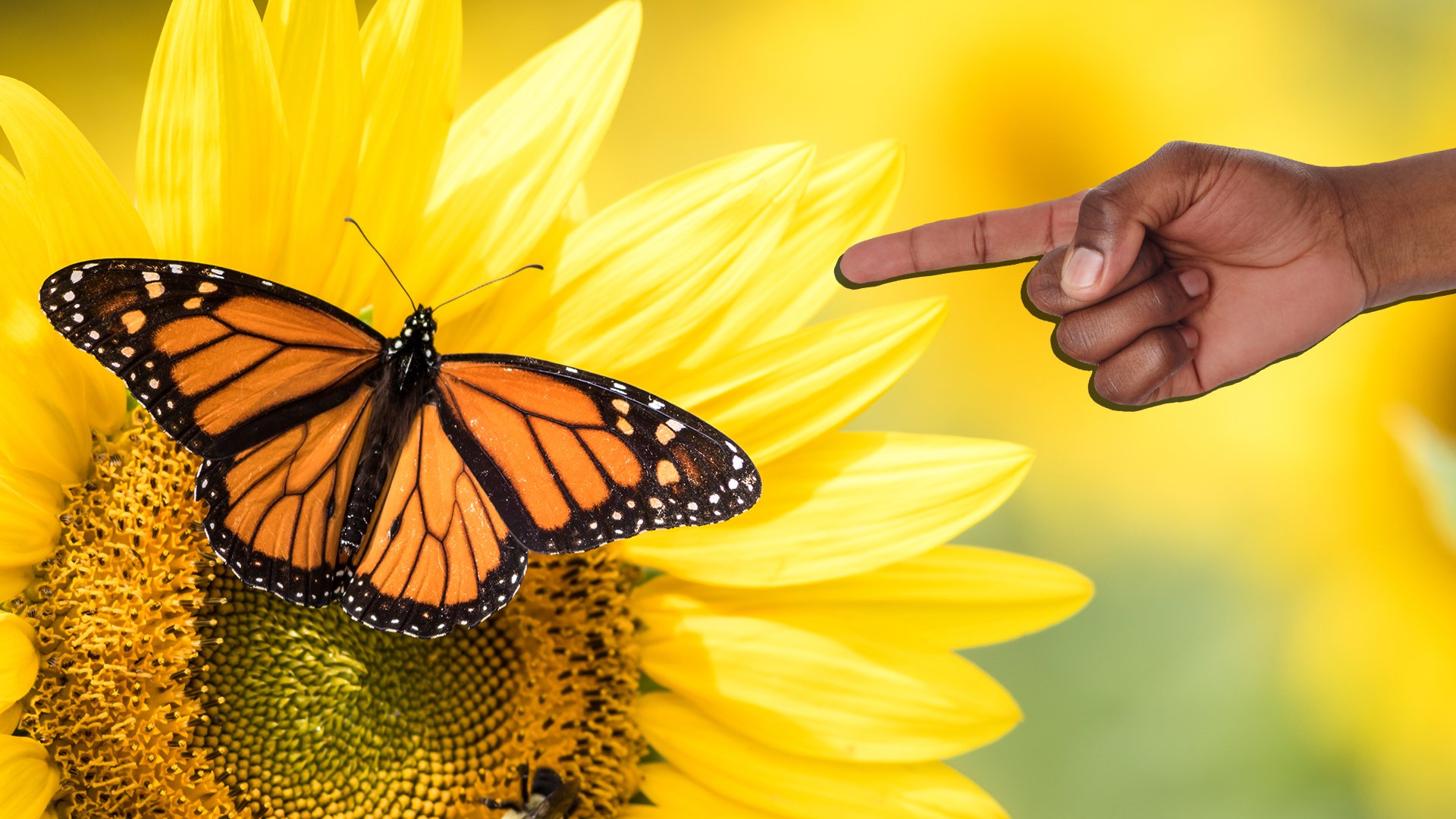
7. That pupal stage
Butterflies start life as a caterpillar. Caterpillars then turn into pupae, then into butterflies. This pupal stage is pretty wild though - the caterpillar's body basically turns into soup and get's completely reorganised into an adult butterfly! Wow!
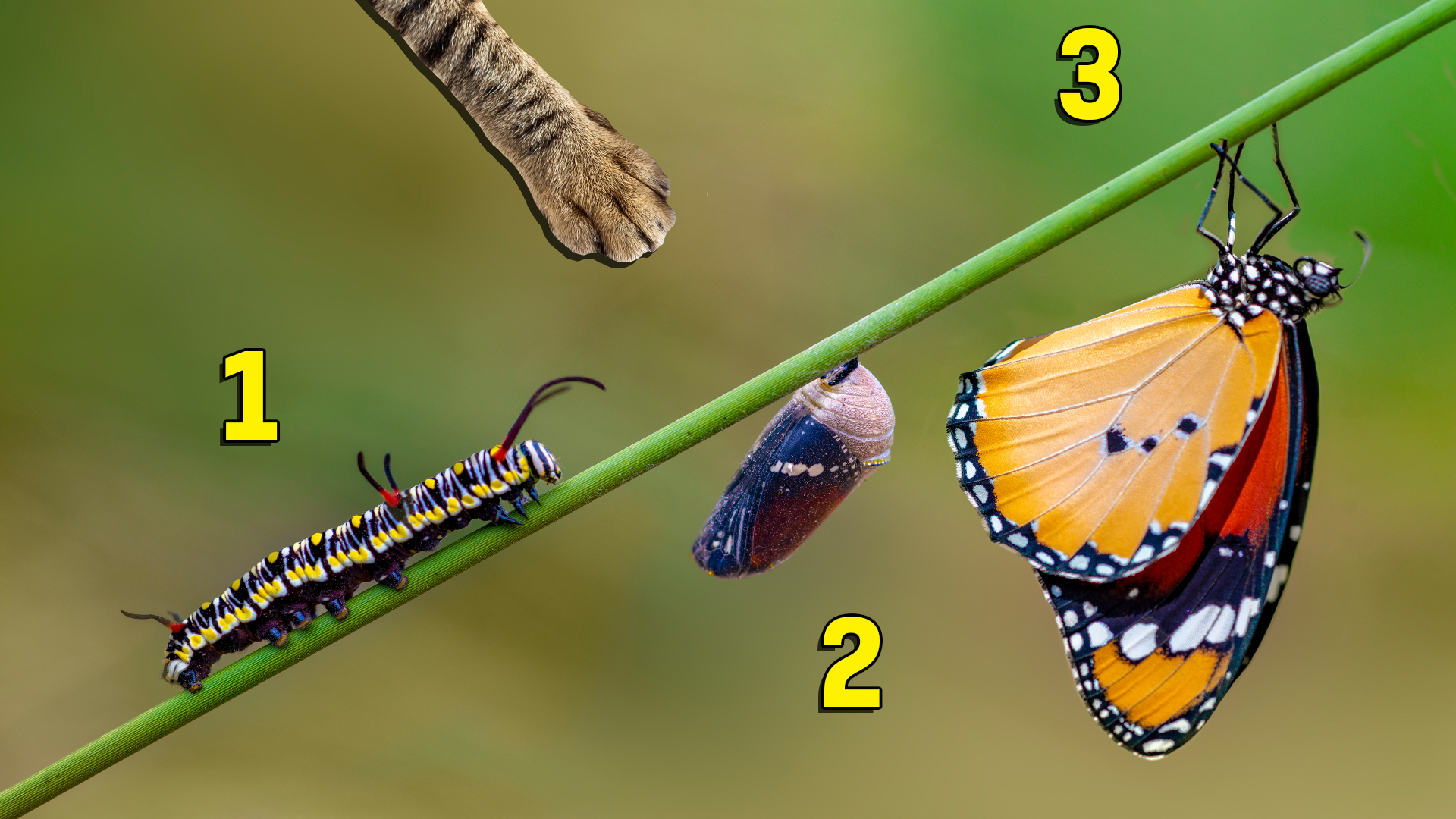
8. Butterflies have to stick their own nose together
Remember the proboscis - the long tube-like noses butterflies have? Well when butterflies first come out of their chrysalis, they have to stick it together themselves. It come out in two halves, and it has to be rolled and unrolled several times to turn it into a working drinking straw. Imagine having to do that first thing in the morning!
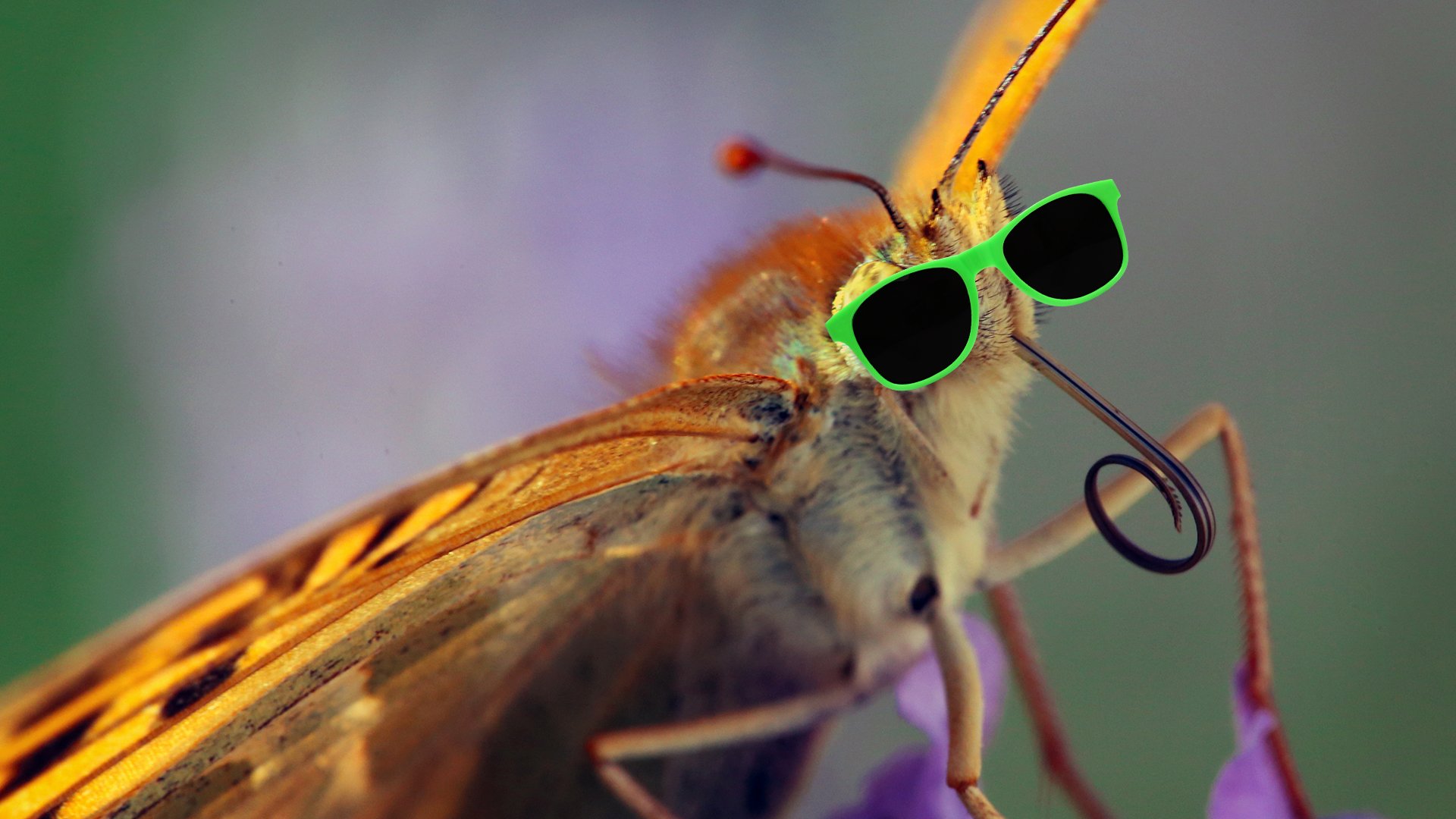
9. Monarch migrations
One of the most amazing sights on planet Earth is the migration of Monarch butterflies - which leave the USA and Canada for the warmer weather in Mexico. Millions and millions of them make the journey every year, travelling a distance of 2,000 miles. These butterflies have been known to fly over 100 miles in a single day!
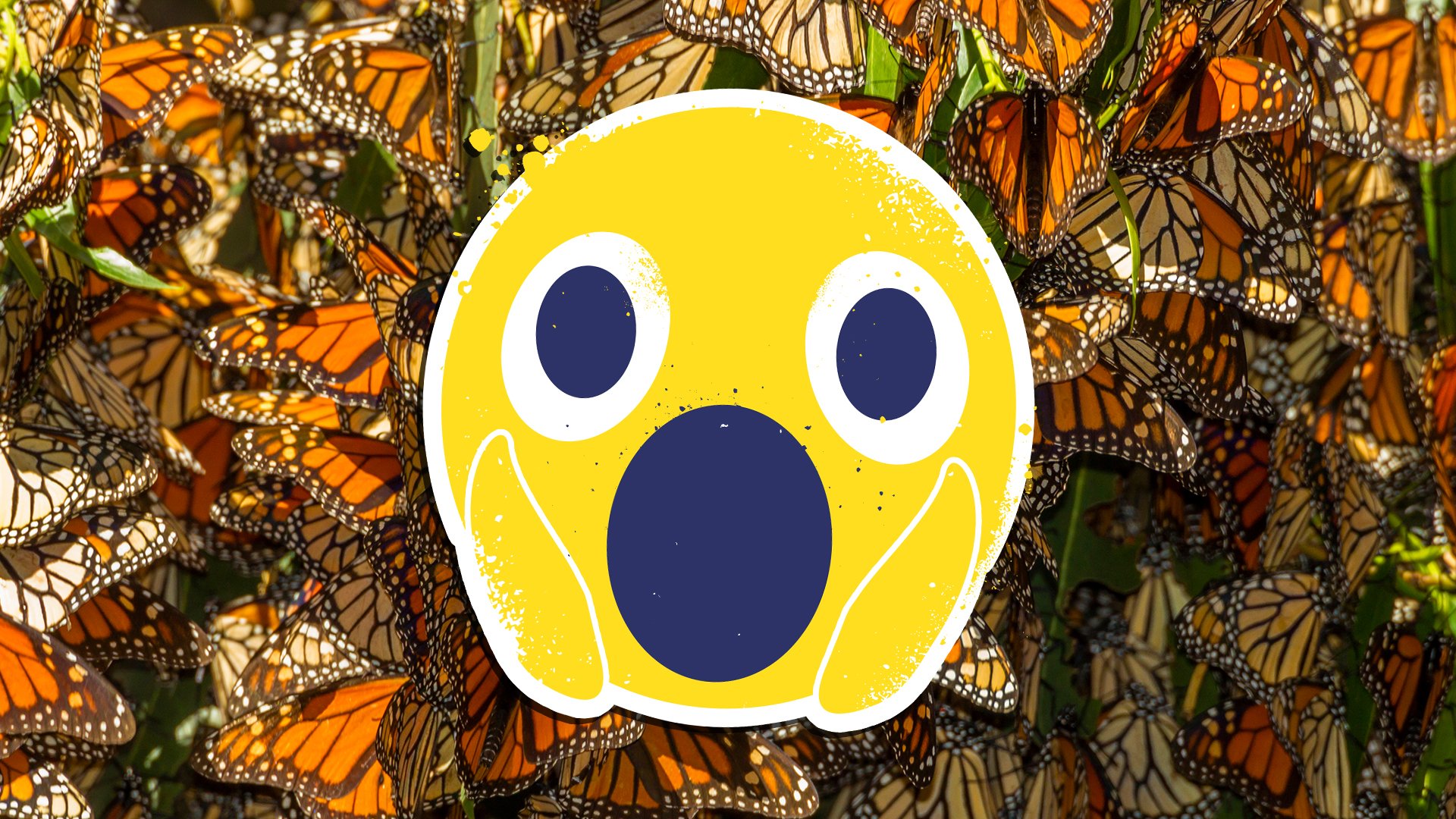
10. Isn't the Monarch migration a giant buffet for predators?
No! You see, for such harmless looking animals, Monarch butterflies have a secret weapon. They eat lots of milkweed, a slightly poisonous plant. It's very tasty for butterflies, but not to their predators, so most other animals just leave them alone. Smart!
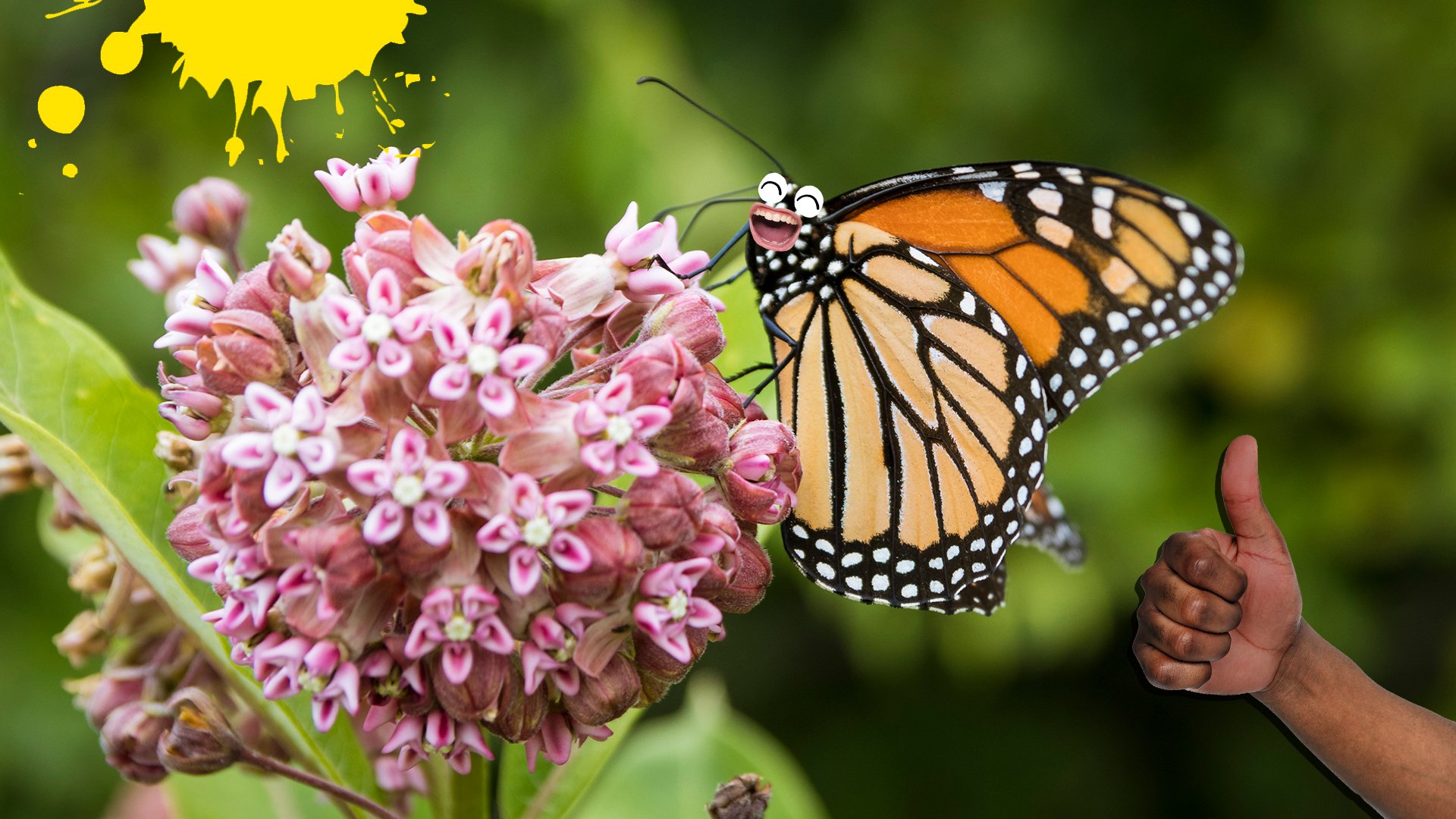
11. The biggest butterfly in the world...
Is the Queen Alexandra's Birdwing! It has a wingspan of almost 30cm - that's as big as a pretty big bird!
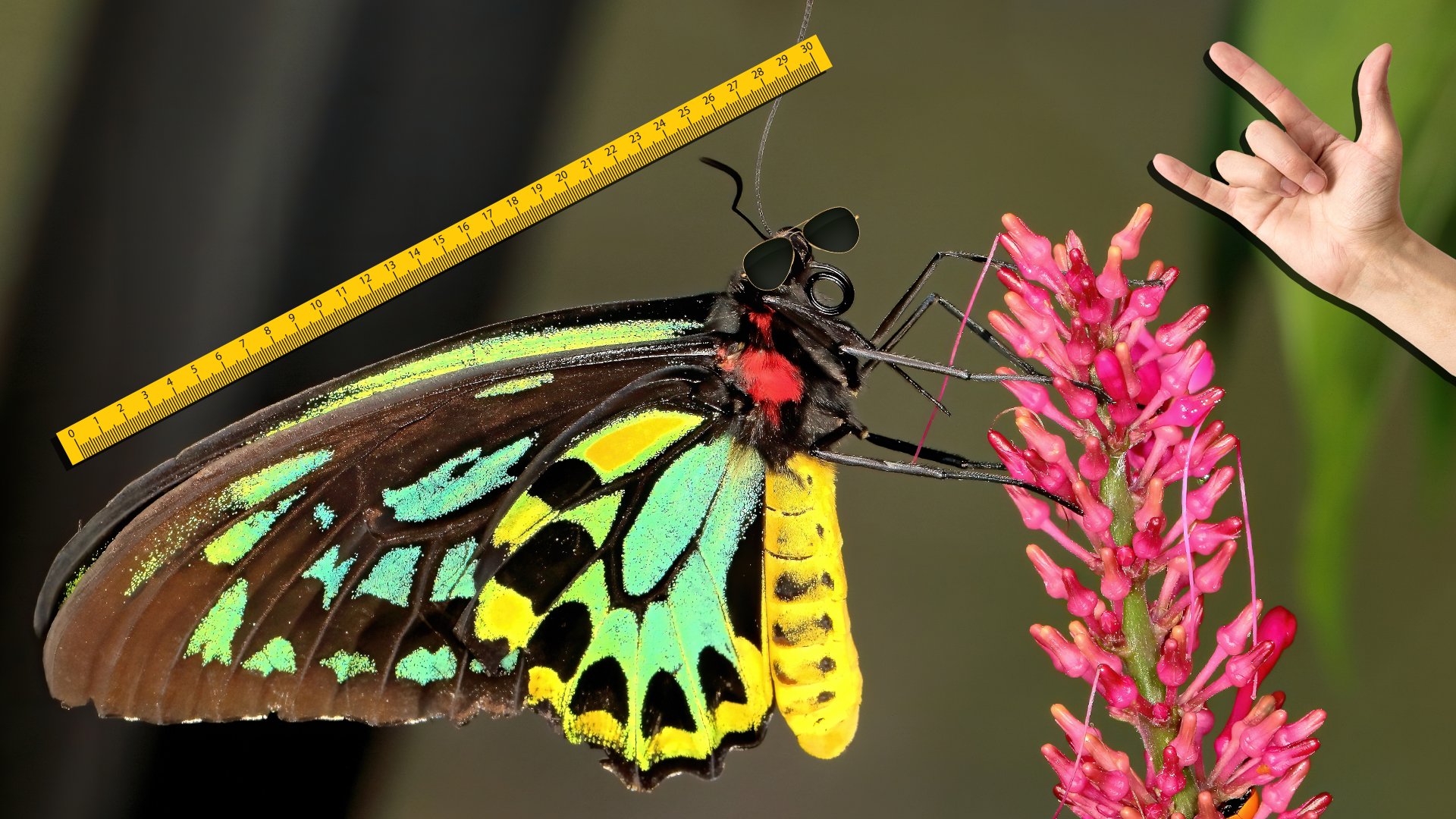
12. No butterflies are poisonous to humans
But... there is a type of African moth whose pupae is very poisonous. So poisonous in fact that the juices from the pupae are used to make local people's arrows poisonous!
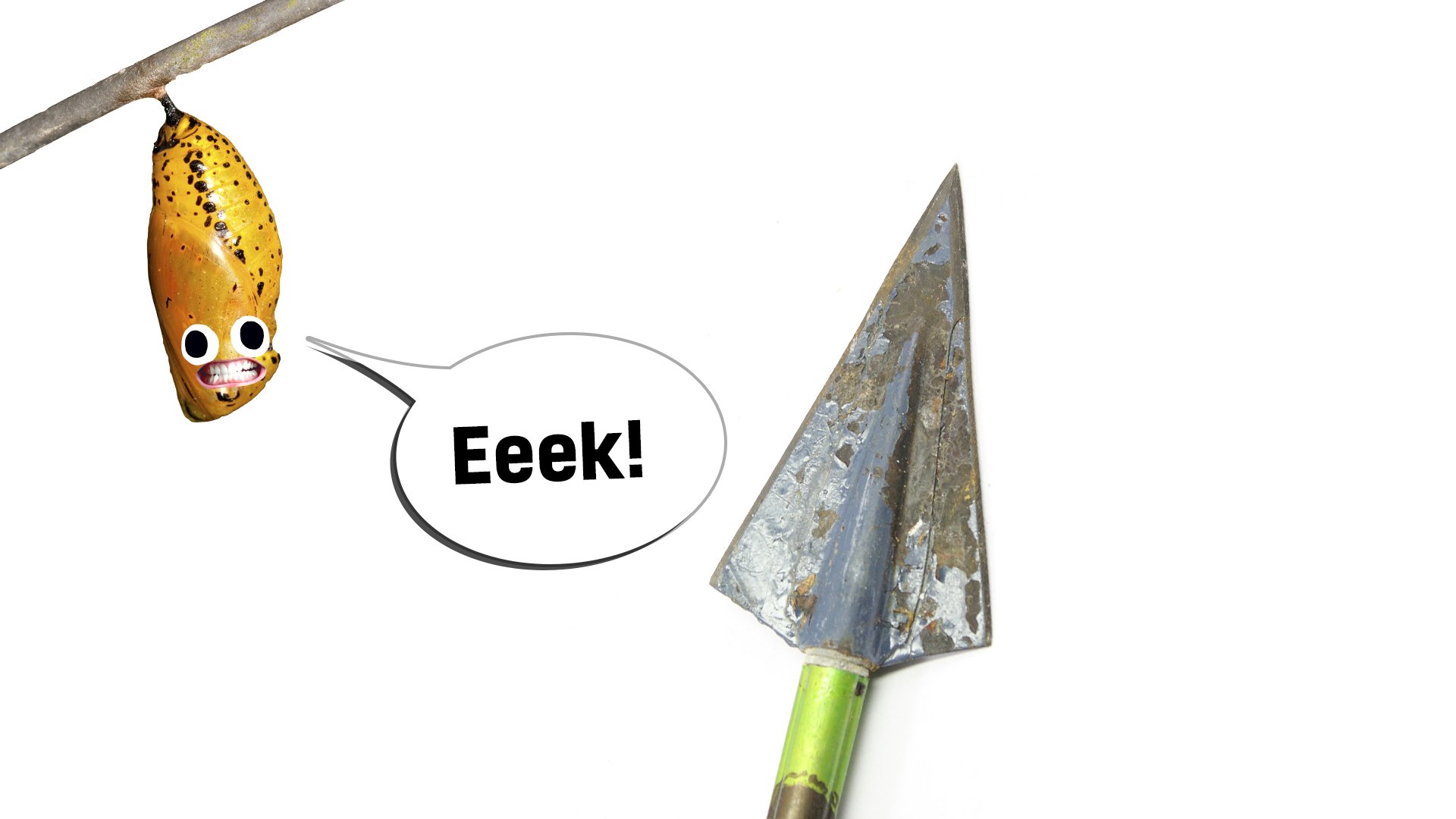
13. Butterflies *might* be the same as moths
We think of butterflies and moths as different types of animals, but they have as many similarities as differences. Moths are generally hairier and fly at night, but so do some butterflies, and not all moths fly at night anyway.
Butterflies and moths are really closely related, and the differences are more a result of human languages than any scientific stuff. So are they the same? Well that depends how much you want to argue about it!
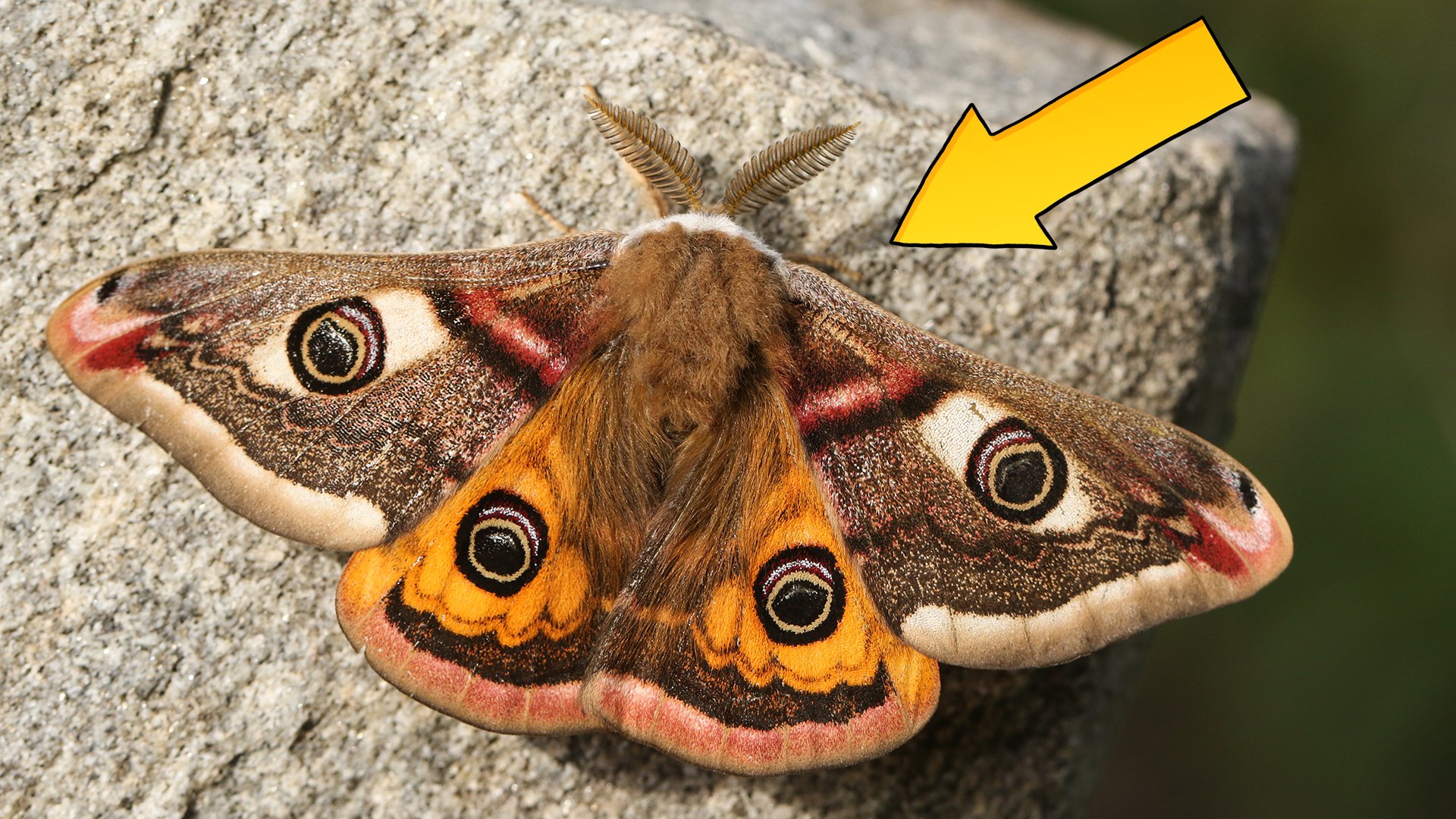
14. Butterflies don't do camouflage like other animals
The point of camouflage is to hide. Butterflies do the opposite and try and attract attention - in a very clever way. The spots on butterflies (and moths) look like eyes, which tricks predators into thinking they're looking at a much bigger, more dangerous animal. And this is how they avoid getting eaten!
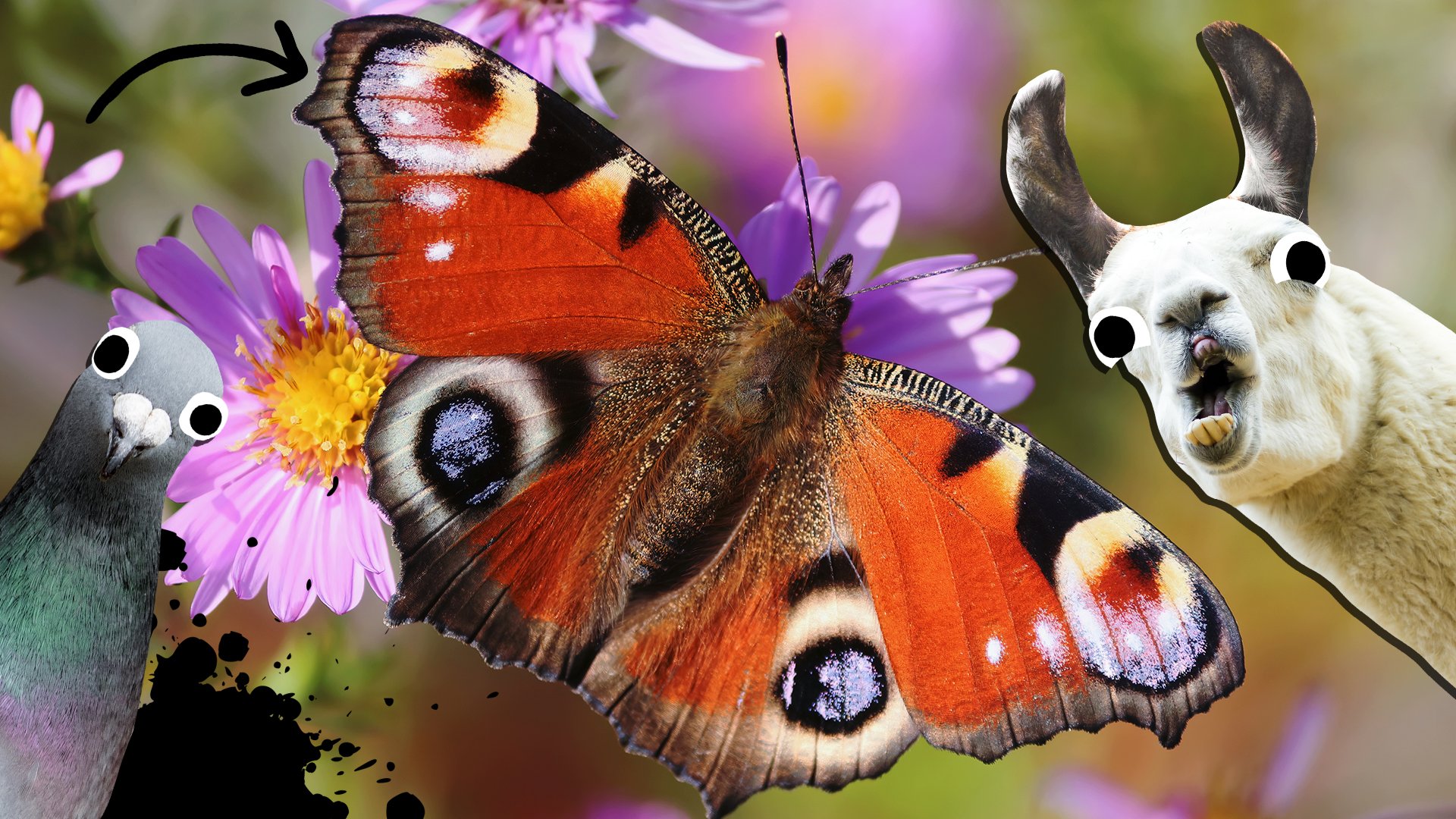
15. Butterflies are really important!
They're not just a pretty face! Butterflies help pollinate plants and play a vital role in ecosystems. And the thing with ecosystems is that all animals and plants are connected - so if we want to live on a healthy planet we need to look after the butterflies - but also all the things above and below them in the food chain!
Better get to it, then!
